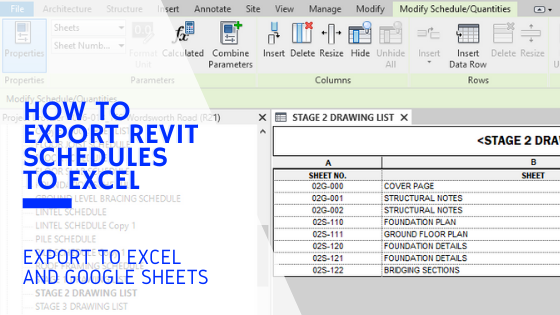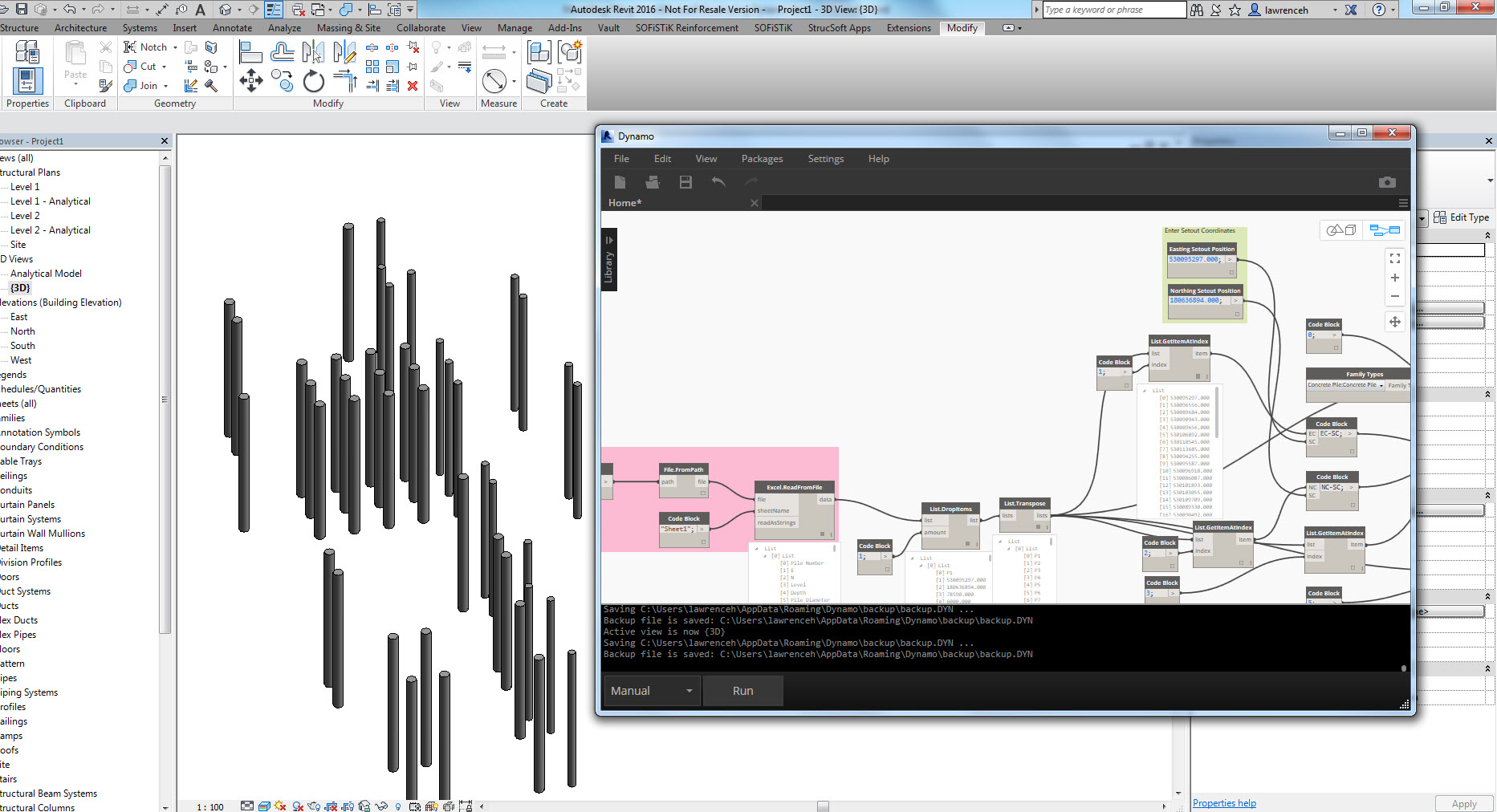Effectiveness Satisfies Precision: Check Out Vital Revit Tools
Wiki Article
Mastering the Art of Information Integration: Exactly How to Seamlessly Import Excel Files Into Revit
Are you having a hard time to import Excel documents into Revit smoothly? Look no more! In this article, we will assist you through the process of grasping the art of information assimilation. Discover the significance of smooth assimilation in Revit and explore the Excel file style for Revit assimilation. Prepare yourself to prepare your Excel data effortlessly and follow our detailed guide to import files into Revit. With our finest methods, you'll achieve information integration success in a snap. Allow's start!Understanding the Importance of Data Integration in Revit
Understanding the importance of data integration in Revit is essential for seamless importing of Excel files. When you integrate data from Excel right into Revit, it permits you to successfully upgrade and take care of info throughout the entire job. This integration ensures that your layout and building and construction procedure is precise and up-to-date.By incorporating data, you can easily import and upgrade specifications, schedules, and also geometry in Revit. This removes the requirement for manual information entrance, saving you time and lowering the threat of errors. With Revit's information assimilation abilities, you can maintain uniformity and accuracy in your task, while likewise improving cooperation among employee.

Checking Out the Excel Documents Style for Revit Combination

In order to effectively integrate Excel files right into Revit, it is vital to guarantee that the information is formatted appropriately. This consists of appropriately classifying columns and rows, as well as structuring the information in a means that is compatible with Revit's data schema. Revit utilizes certain specifications and categories to organize data, so it is essential to line up the Excel information with these specifications to guarantee a seamless assimilation.
Furthermore, it is necessary to keep in mind that Revit only supports specific data types when importing from Excel. These include message, numbers, and dates. Any type of various other information kinds, such as formulas or conditional formatting, will not be identified by Revit and may trigger issues throughout the combination process.
Preparing Your Excel Information for Seamless Import Into Revit
To make certain a smooth integration process, you'll require to effectively style and label the columns and rows in your Excel information before importing it right into Revit. This action is important because it permits Revit to accurately analyze and organize your data. Begin by examining your Excel information and identifying which columns and rows consist of pertinent information for your Revit task. After that, ensure to label each column with a clear and descriptive header. This will certainly assist you and others quickly recognize the objective of each column and prevent complication during the import procedure.Next, guarantee that the data in each column is correctly formatted. As an example, if you have a column for measurements, make certain that all measurements are continually formatted in the same units of dimension. Revit relies upon constant format to precisely analyze and import information.
In addition, it is necessary to look for any type of empty cells or check it out incongruities in your data. Revit might not have the ability to read or import data from cells that are vacant or contain mistakes. Therefore, it is suggested to assess your Excel information and cleanse up any variances prior to importing it into Revit.
Step-By-Step Overview to Importing Excel Data Into Revit
As soon as you've appropriately formatted and identified your Excel data, you can quickly import it right into Revit by following this detailed guide. To start, open Revit and navigate to the "Insert" tab. Click on "Import CAD" and pick "Import Excel" from image source the dropdown menu. A brand-new window will certainly show up, asking you to locate the Excel file you intend to import. Surf your computer and select the Excel data, after that click "Open."Next, a dialog box will certainly appear, enabling you to tailor the import setups. Here, you can choose the worksheet you intend to import, specify the series of cells to import, and select the suitable units for your information. As soon as you've made your choices, click "OK" to proceed.
Revit will now present a preview of your Excel data. Take a minute to make certain and examine the sneak peek that every little thing looks correct. If required, you can make adjustments to the import setups by clicking on the "Setups" button.
Best Practices for Information Assimilation Success in Revit
Make certain you follow these finest practices to make view it now sure successful assimilation of data in Revit. It is essential to organize your information in Excel prior to importing it right into Revit. Be conscious of the systems and data kinds when mapping the data, as any kind of discrepancies can lead to mistakes in the integration process.An additional important technique is to frequently confirm and upgrade your information. As your project proceeds, it is important to maintain your Excel data approximately date with any type of changes made in Revit. This will aid maintain the precision and consistency of your data across both systems. Furthermore, make usage of information validation tools within Revit to recognize any type of mistakes or incongruities in the incorporated data.
Lastly, it is suggested to establish a clear workflow for information integration. This consists of defining functions and responsibilities, establishing a communication network in between staff member, and establishing a normal cadence for data updates and testimonials. By complying with these ideal practices, you can make certain a seamless and effective combination of information in Revit, eventually boosting the efficiency and accuracy of your task.
Conclusion
To conclude, grasping the art of information assimilation is crucial for smooth import of Excel submits right into Revit. Recognizing the importance of data assimilation in Revit is the initial step towards effective combination. Checking out the Excel file layout for Revit combination aids in understanding the demands and limitations. Preparing the Excel information properly and complying with a detailed guide is crucial for a smooth import procedure. By following best methods, you can make sure information assimilation success in Revit and make the most out of your project.When importing information from Excel right into Revit, it is crucial to comprehend the data style and exactly how it can impact the integration process (revit tools). Revit utilizes particular parameters and categories to organize information, so it is vital to line up the Excel data with these parameters to ensure a smooth assimilation
Be conscious of the systems and data types when mapping the data, as any disparities can lead to mistakes in the combination process.
In addition, make usage of data recognition devices within Revit to determine any mistakes or variances in the integrated information.

Report this wiki page